Boeing's 737 Max mess is also a mess for these 10 companies — and they're not airlines
The troubled plane maker's woes are impacting its many suppliers

Boeing is reeling after a door plug fell off one of its 737 Max 9 planes mid-flight this January. Investigators from the Federal Aviation Administration and the National Transportation Safety Board are breathing down its neck. The Justice Department is weighing criminal charges for quality control promises it said the planemaker has broken. Its stock is down more than 30% for the year as deliveries slow down and investors worry about the company’s future.
But it’s not the only company dealing with the fallout from its latest safety scandal. Though airlines have been fairly vocal about their problems with Boeing, there’s also a flock of suppliers upstream from its airplanes who are possibly more confused while they wait for their big customer to figure itself out.
See what problems Boeing is causing for other companies in the airplane building industry.
2 / 11
Leonardo
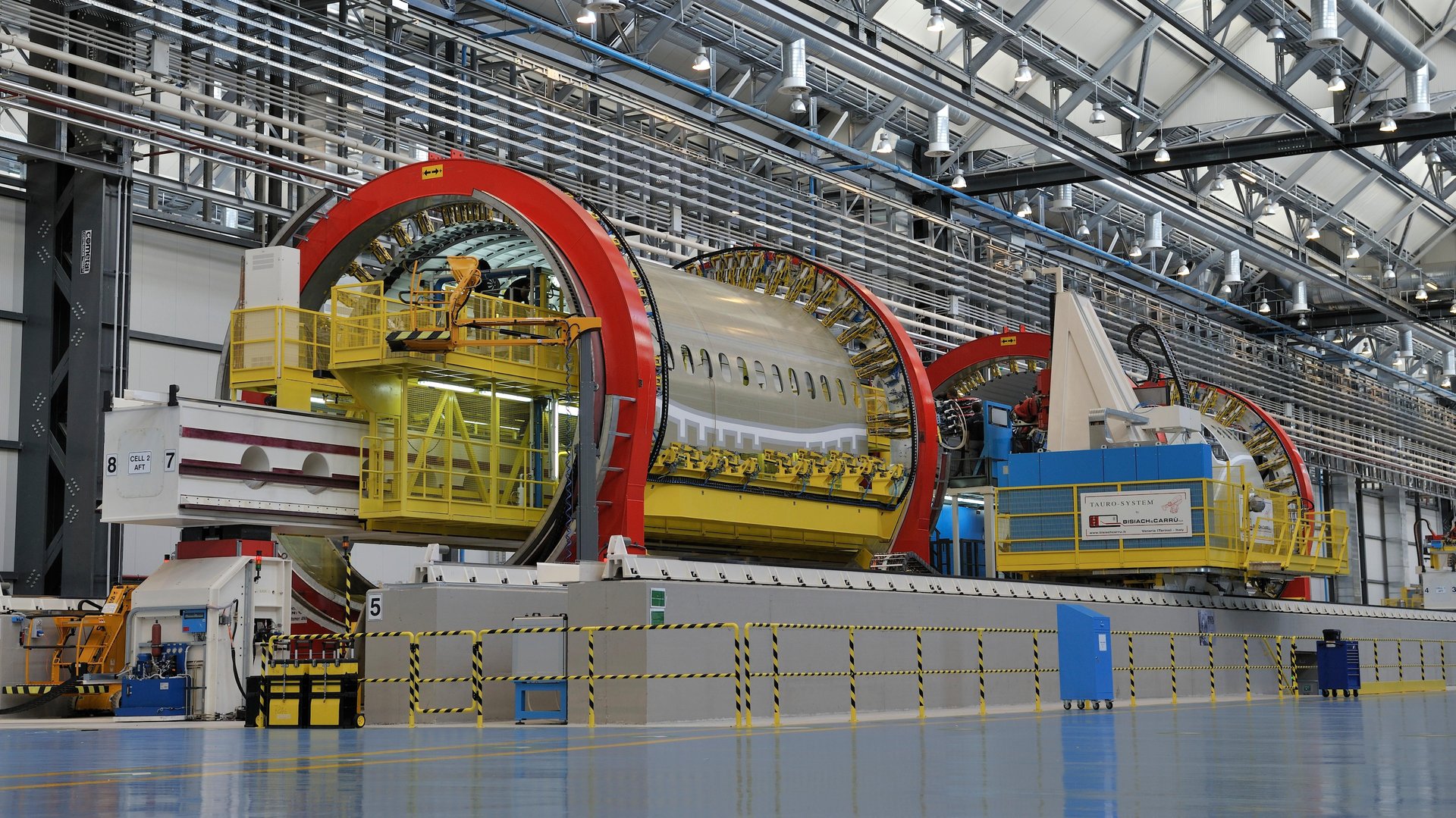
Reuters reported this week that the Italian company, which manufactures fuselages for the 787 Dreamliner, will close one of its factories for four months this year as it “aligns” its production levels with lower demand from its key customer. Though the 737 Max has been the biggest crisis facing Boeing, the 787 Dreamliner is running into quality-control scrutiny of its own.
3 / 11
Spirit Aerosystems
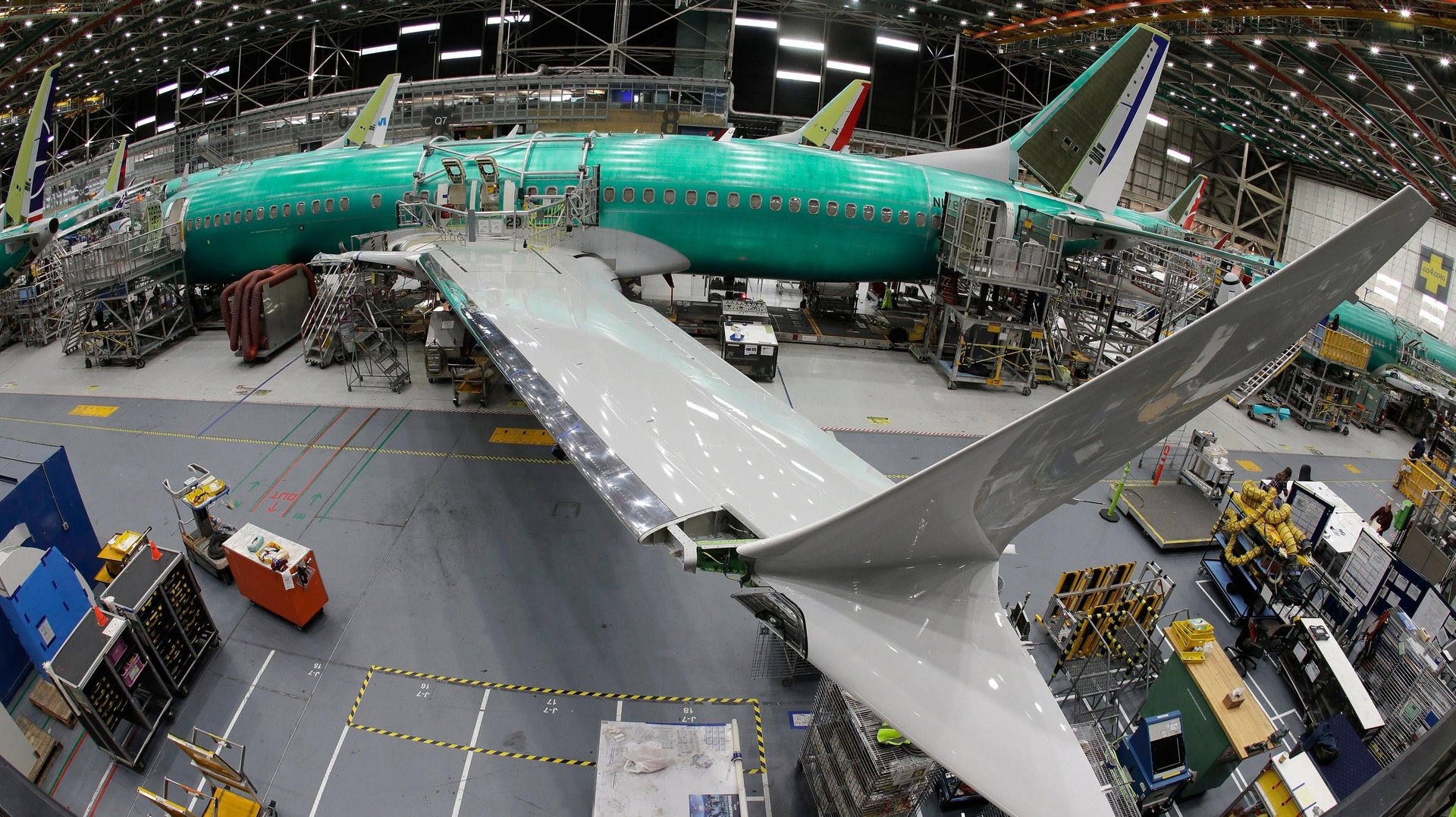
Though Boeing is closing in on a deal to acquire its former fuselage unit, which produced the specimen that lost a door plug and plunged aerospace giant into crisis mode, it still has to live in the present. Last month, it was reported that the company was laying off hundreds of workers in its Kansas facilities as production slows down.
4 / 11
Astronics
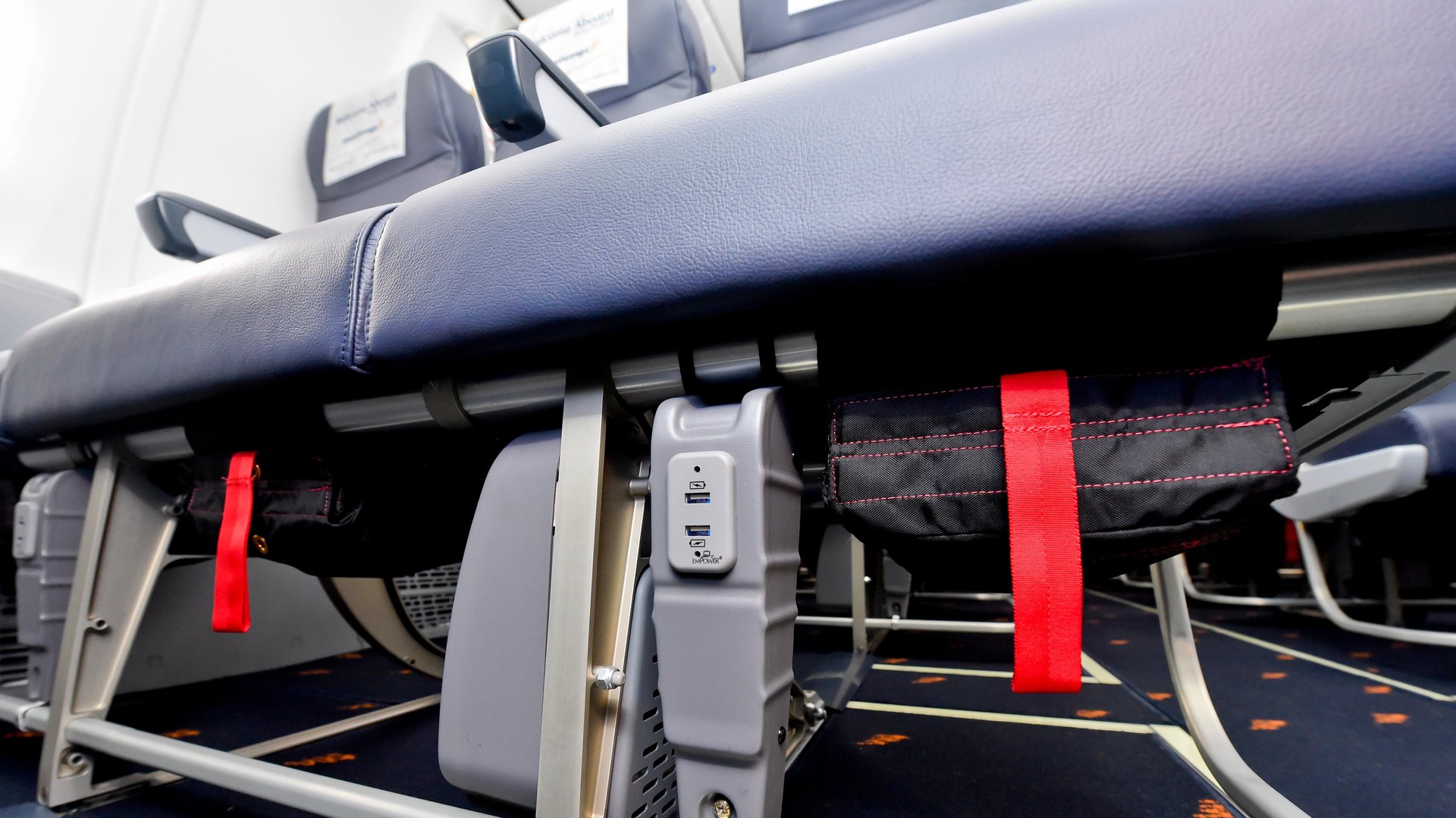
This electronics supplier, which makes among other things outlets you use to charge your phone mid-flight, can’t figure out its future as long as Boeing doesn’t know when it will be able to start making more planes again.
CEO Peter said on a May earnings call that “of course, there’s the elephant in the room, and that’s production rates at Boeing, our biggest customer. And specifically with the [737 Max], we’re going to be a little transparent here with some of our thinking and some of our numbers.
“The Max production rate is down in the first quarter, pretty well-documented by all accounts, and Boeing has expressed that they want to increase it as quickly as possible. They have not been clear with the world or certainly with us as to what that ramp is going to look like.”
Just a few weeks later, the FAA said a 737 Max ramp-up is unlikely: “I don’t think it will happen in the next few months,” administrator Mike Whitaker said at a press conference.
5 / 11
RBC Bearings

This company, whose job is making bearings that keep machinery and components moving on Boeing aircraft, is getting stuck in the planemaker’s uncertainty.
On a May earnings call, CEO Michael Hartnett said that “we’re just trying to figure out this Boeing thing. We had all of our plans around a different build rate for the shifts. And so now we’re reevaluating those plans and determining what we should bring in in terms of additional business to offset any of the losses. That’s sort of ongoing.”
While speaking to analysts and investors, he wrote off the rest of 2024 while trying to remain optimistic for the future.
“It’s not going to be a normal year – assuming Boeing gets their problems solved and gets to where they need to be like in the upper 50s in terms of 737 rates per year,” he said. “I mean, they’ve got a 10-year backlog on this stuff. So they got to giddy up. So they got to get this problem behind them assuming they get into that kind of a mode again. I don’t think they have a choice, they have to get into that. They have to get this behind them.”
6 / 11
CTT Group

The Swedish company is behind the humidifiers and dehumidifiers on wide-body jets like Boeing’s 787 Dreamliner. Things are still steady for that business, but anything that risks Boeing’s steadiness risks throwing off everything.
“The whole business is affected by Boeing, and it’s very important that Boeing comes back to a normal state where they are a reliable supplier of aircraft,” CTT CEO Henrik Hojer said a recent investor conference. “Of course, our allies are quite upset with having delays on the deliveries because they really need those aircraft, and I think part of that is what we’re seeing. It’s extremely hard for us.”
CTT wants to break into the so-called “narrowbody” business as well, which is where the 737 Max competes. But Hojer says there’s too much turbulence in that market for it to dive in.
“As long as Boeing has problems with the Max, I mean, we don’t even bother,” he said.
7 / 11
Triumph Group
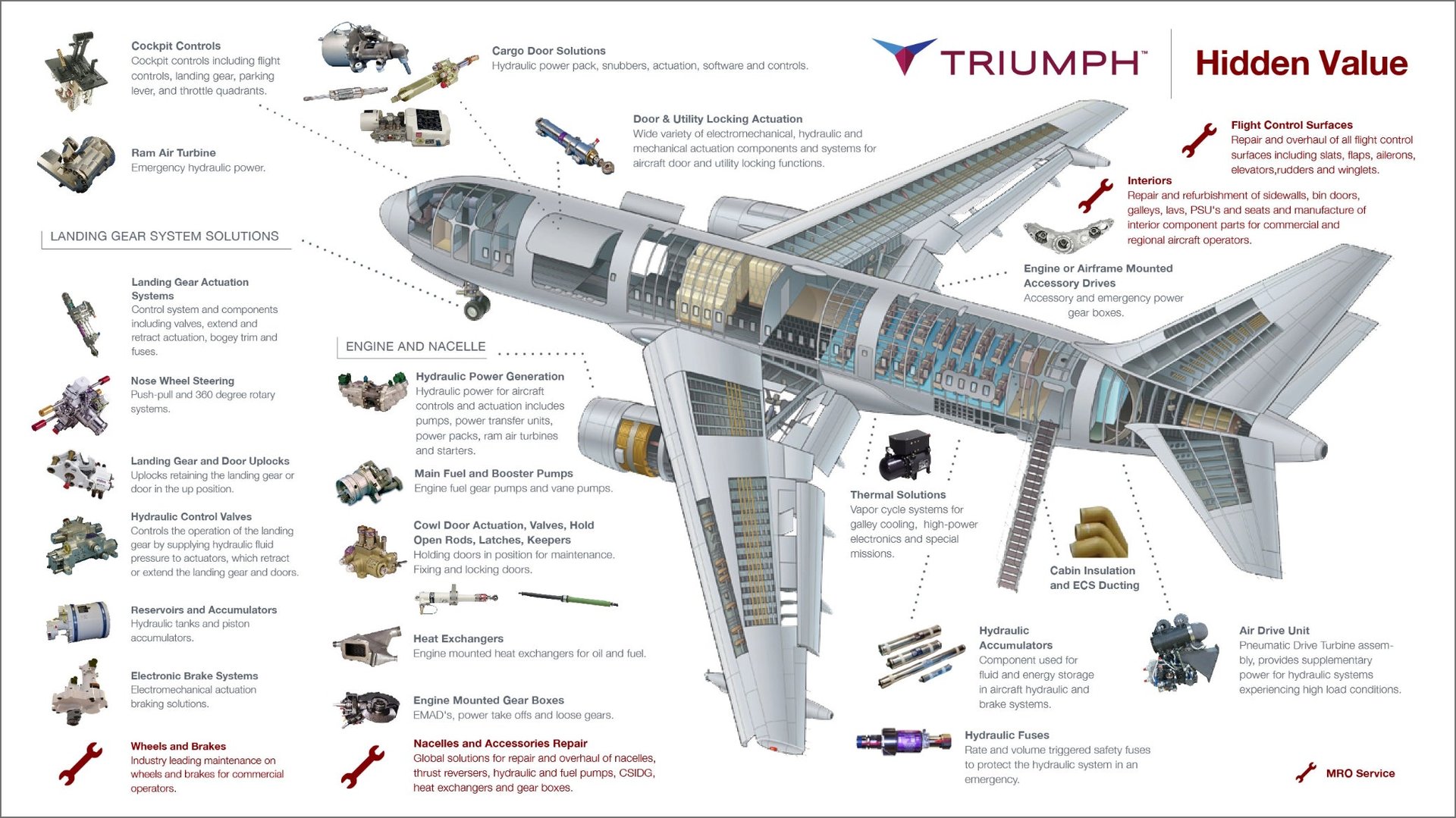
This supplier, which contributes everything from landing gear to pilot control levers to its customers, of which Boeing is the biggest by a long shot. It contributes more than 20% of Triumph’s order book, whereas no other client takes up more than 10%. Naturally, a bad stretch for Boeing is a bad stretch for Triumph.
“Given the uncertainty on Boeing commercial transport programs, Triumph adopted a conservative fiscal 2025 plan, reducing our prior internal rate assumption between 20% and 30% depending on the Boeing platform,” CEO Daniel Crowley said on an earnings call last month. “This has the net effect of reducing our fiscal 2025 sales guidance by approximately $70 million, or 6% from prior targets. We will update all stakeholders as Boeing finalizes their production needs, and we’ll continue to hustle while we wait for Boeing’s ramp-up.”
8 / 11
Howmet

Howmet builds components for jet engines, and many of those jet engines end up on Boeing planes. But if Boeing doesn’t know how many planes it’s going to build, that leaves a company like Howmet scrambling.
“The one item that needs to be set out is the fact that the FAA restrictions on the Boeing 737 MAX production of 38 per month in the light of continuing quality problems at Boeing,” CEO John Plant said on an earnings call in May. “These facts are extensively reported in the press and have resulted in lower production, well below the prior levels of approximately 30 aircraft per month, which in itself was well below the 2023 targets of 38 aircraft per month. Clearly, this prospect of going up to rate 42 and rate 47 per month is now unlikely in 2024. This has caused Howmet to completely replan our year.”
It replanned so aggressively that it was actually able to raise its fiscal guidance.
“We’ve taken account of this revenue adjustment while replanning other areas of business — for example, spare [parts], defense, and wheels revenues,” Plant said. “And we net all of this replanning out to an overall increase of approximately $200 million of revenue for 2024.”
9 / 11
CFM International

Some companies do business with both Boeing and its chief rival Airbus. But if they wind down some of their Boeing operations to take advantage of Airbus’s push for market share, they risk leaving themselves exposed if Boeing turns things around and starts spending its money with competitors who have the capacity to spare. Reuters recently reported that CFM, an engine supplier that’s a joint venture between France’s Safran and GE Aerospace, had to leave Airbus’s money on the table while that planemaker attempts to make up for lost capacity thanks to another engine supplier. The resulting bottleneck was so severe that Airbus had to cut its guidance for the year.
10 / 11
Airbus
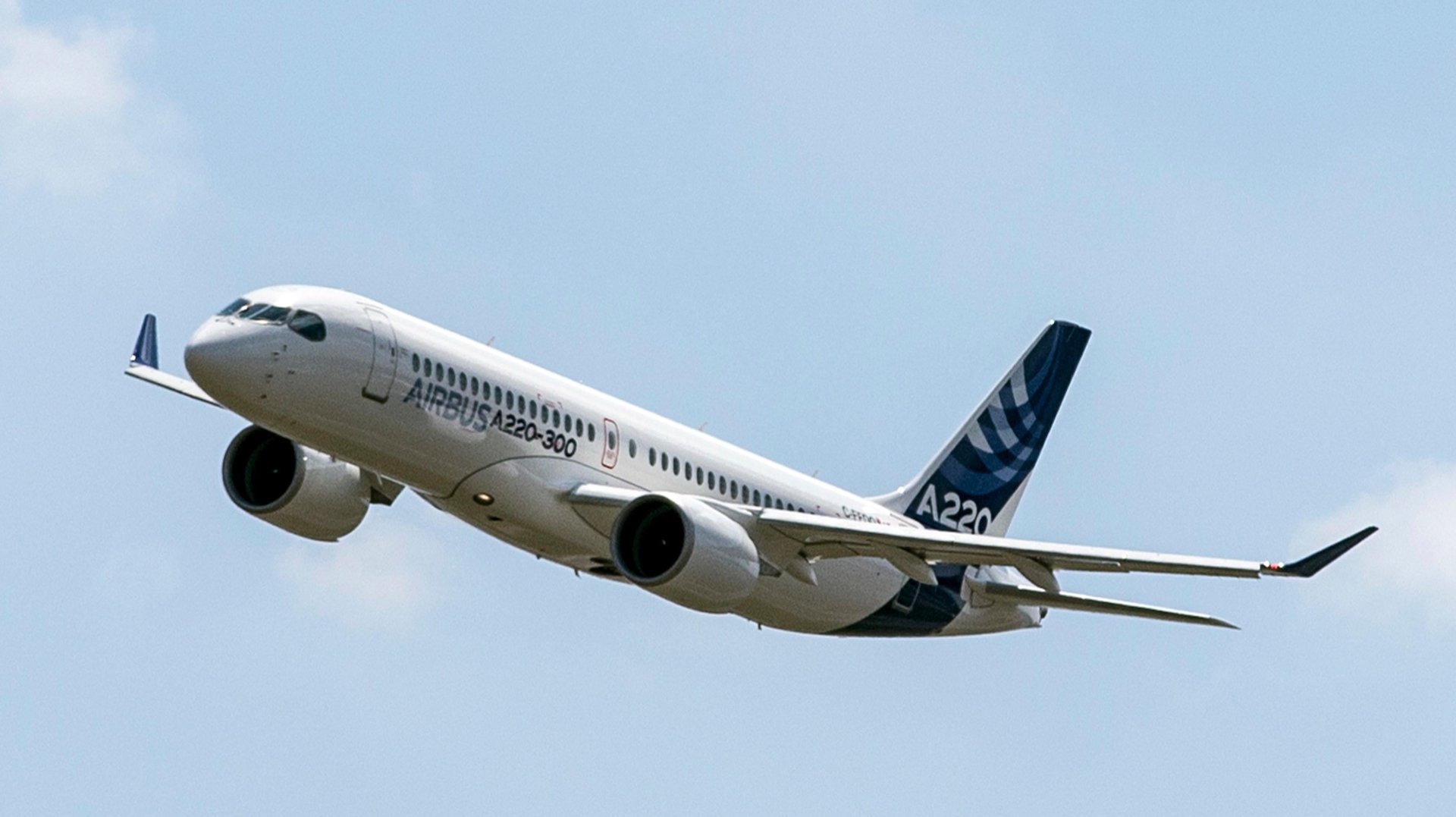
Besides not having access to CFM engines and other parts — Boeing’s negotiations to buy the part of Spirit Aerosystems that builds Boeing fuselages means that Airbus now has to negotiate to buy the part of Spirit that builds Airbus fuselages — the woes are weighing of its biggest rival are weighing on it in other ways. It now has to race to build as many planes as it can to build market share even if its capabilities are stretched to the limit. And if its struggles to rise the occasion aren’t enough, the faltering of the other half of the global planemaking duopoly are leaving room for potential new competitors to step into the void.
11 / 11
Materion
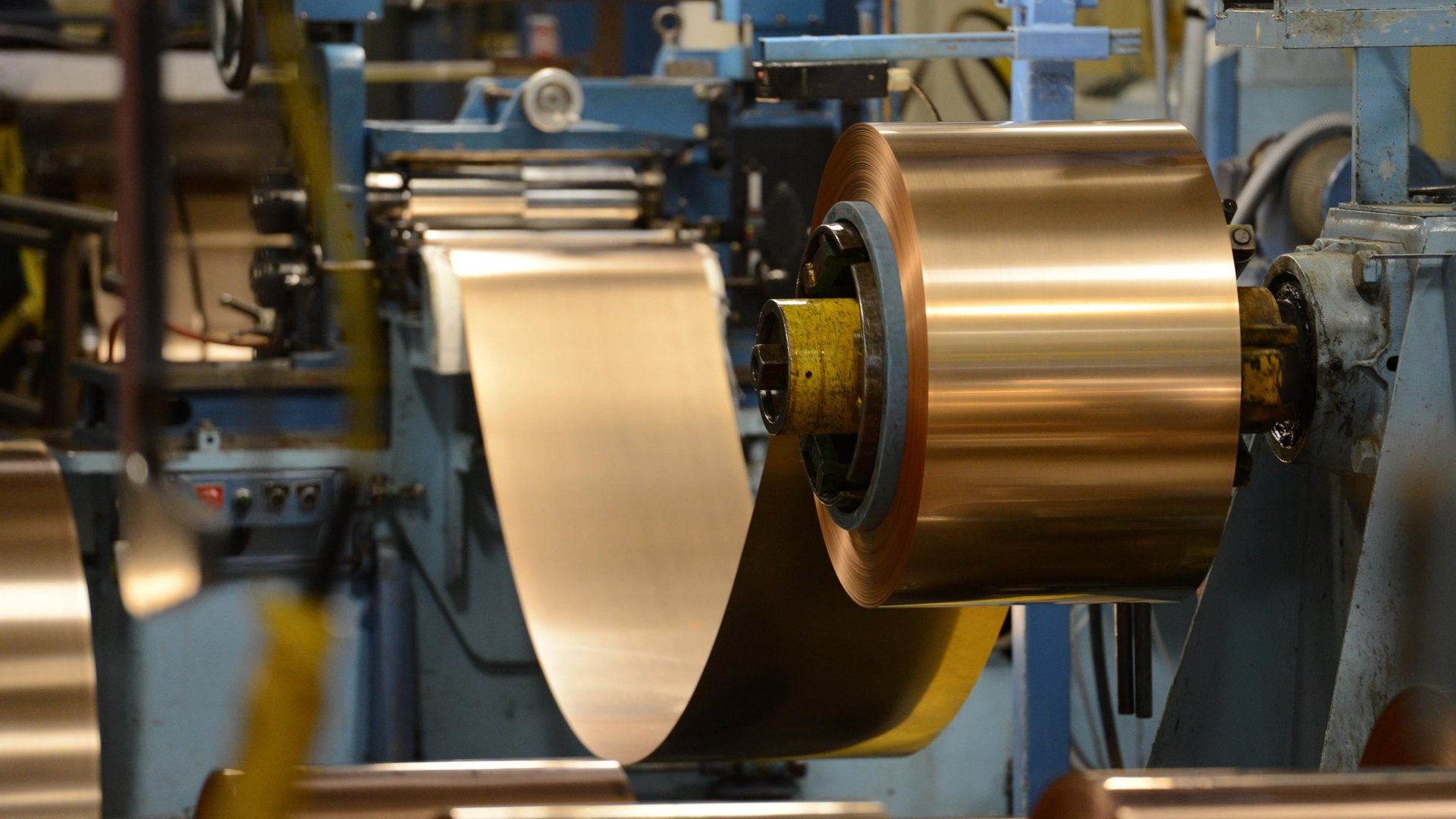
This specialty metals supplier recently said that it’s seeing challenges for both of its major customers and in the airplane business.
“There’s a number of supply chain issues that, frankly, Airbus has talked about very openly that they are facing, and of course we know the challenges the Boeing is facing, not only on the 737 MAX, but I think in general,” CEO Jugal Vijayvargiya said on a May earnings call. “I would say that they have really, really looked at their production processes to ensure that quality is at the forefront,and are really taking steps to adjust their build schedule as necessary.
“So, you know, [things are] significantly down in the [the first quarter] for commercial aerospace, which is more than what we had anticipated. As we think about the recovery for the rest of the year, I would expect that the build rates are going to improve. But certainly those build rates are not going to get to the levels that they were over the last year or so. So I do expect commercial aerospace in general to be challenged.”
